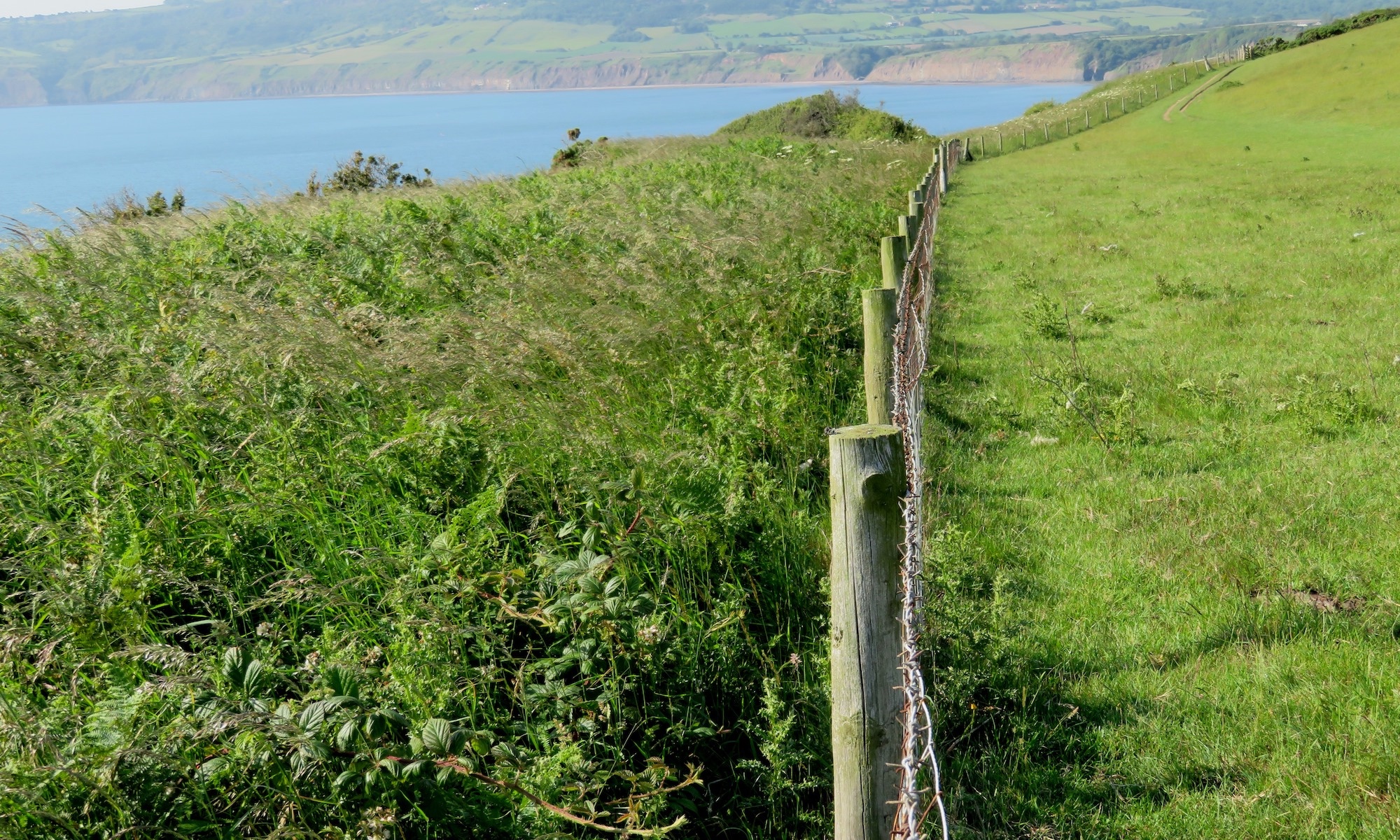by Sarah Mason
7th May, 2022
Spring is here and I am looking forward to another year of engaging my children in plenty of nature-based activities. We already have 6 caterpillars getting fatter every day on our windowsill and this week my 4year old told me about how she is teaching her friends at nursery to build habitats for snails in the garden – proud mum moment! I thought it would be nice to share some of the activities I have planned with my young children (aged 2 and 4) this summer.
Seabirds at Bempton Cliffs (May-June)
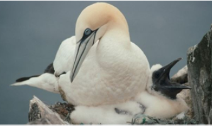
This is always a winner for the whole family. I love going and it’s an easily accessible place to take the kids. The birds are noisy and there are thousands of them so it’s an easy one for the kids to engage with. The cliffs are all fenced and safe for little ones. There is a visitor centre, café, toilets and a path suitable for buggies – this is the perfect early years wildlife trip. If you are lucky, you will see Puffins and the resident Barn Owl that is often flying during the day. Even if you aren’t lucky, you will still see hundreds of birds! This is usually well combined with a trip to the Yorkshire Wildlife Trust Living Seas centre but unfortunately it’s not open this summer while it’s being renovated.
Web address: https://www.rspb.org.uk/reserves-and-events/reserves-a-z/bempton-cliffs/
Litter Picking
My kids aren’t walkers. Take them to a local nature reserve for a walk and they last about 10mins. However, put a litter picker in their hand and suddenly they can walk a lot longer and have a lot more fun. They love collecting litter and it’s a great opportunity to instil some respect and love for the natural world and have a conversation about how we impact nature every day.
Support your Local Wildlife Rescue Centre
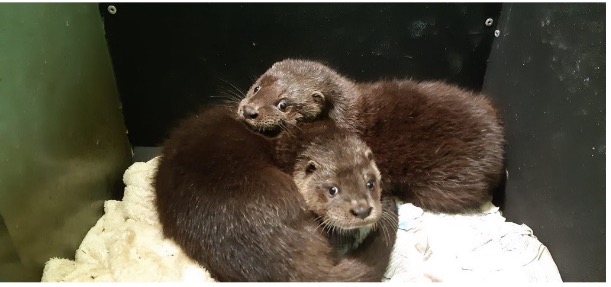
There are hundreds of small wildlife rescue centres all over Yorkshire, a quick online search should be able to find one near you. They are often under funded and run by volunteers. One of the challenges they have is rehoming the animals once they are rehabilitated. Contact your local rescue centres and ask them if they have any animals that need rehoming. A garden, school field or allotment might be suitable for a hedgehog. If you have access to some land maybe a deer, fox, or badger. Unfortunately, my garden isn’t suitable for hedgehogs at the moment as its completely enclosed, but my employer owns lots of land near rivers, so we have been rehoming otters from the RSPCA using their land.
Washing up Bowl Pond
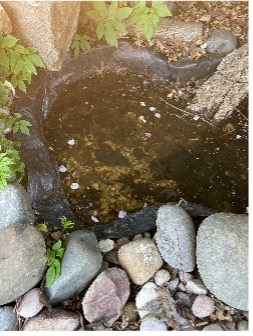
We built one of these last summer and we have a blackbird who comes and takes a bath regularly. The kids are a year older now so we will make it a little bigger this year. Even a small washing up bowl pond help biodiversity and the kids love filling the watering cans from the water butt and then watering the pond.
Here’s a great video from Gloucestershire Wildlife Trust.
Butterfly Lifecycle
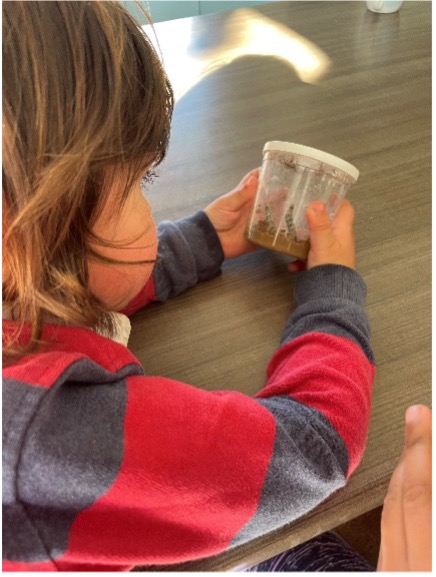
Looking after a caterpillar and watching its transformation into a butterfly is an absolute joy and my children love the experience of caring for small creatures and then releasing the butterflies once they have appeared. You can watch the caterpillars get bigger and shed their exoskeletons and then build their chrysalis. The easiest way to experience this is to buy a kit online which lets you then order as many refill caterpillars as you would like to keep the joy coming all summer long for many years to come. You can of course collect your own caterpillars as well but make sure you know what they are so you can feed them the right things.
Web address: https://www.insectlore.co.uk/butterflies/caterpillar-to-butterfly-kits.html
Poppy Lifecyle
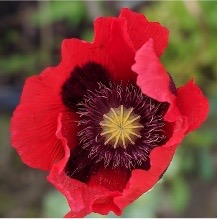
This is traditionally done with sunflowers, but a nice native wildflower alternative is the cornfield poppy (papaver rhoeas). Plant some seeds in containers or directly into the ground in early spring and by summer you and the bees will be enjoying the poppies. Once the flowers die back and they set seed the kids will love playing with the seed heads and collecting the seeds.
Balsam Bashing (May – July)
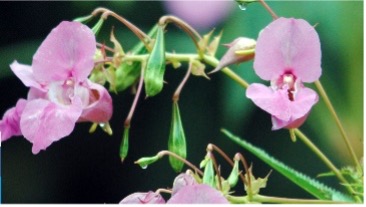
A great introduction to the idea that sometimes we need to intervene in nature and remove things. Himalayan Balsam is very common and found on a lot of riverbanks. You will likely see it if you are out and about. It’s an invasive species which chokes riverbanks and shades out other plant species. It’s easy to pull up and you can then just leave it on the ground to break down. It’s a very satisfying activity and fun for little ones. BUT PLEASE NOTE : this should only be done before the plant sets seed (usually around July), as we don’t want to help with its spreading! The seed pods will spring open at the slightest touch and spread seeds far and wide.
Web address: https://www.wildlifetrusts.org/wildlife-explorer/wildflowers/himalayan-balsam
Bake Bird Cake
This one is a pretty good rainy-day activity, a nature friendly (and waistline friendly) alternative to baking with the kids. Our favourite way to feed to birds is to make homemade bird cake. We hang them out in our garden and on the trees in the street. Sometimes we take them to a nature reserve or woods and hang them out there as well
A fun alternative to baking cake is to make popcorn strings.
Composting and Wormery
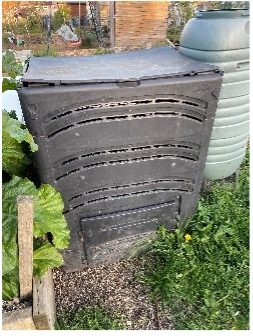
We have 2 compost bins and a wormery. We use the plastic compost bins that you can get in most DIY stores that cost about £30 but I have seen videos online of people using cardboard boxes to start composting. It’s a great introduction to decomposition and lifecycle of our food – and just general all-round lesson in sustainable living! We have a wormery which also creates compost but the worm’s real value is in the liquid fertiliser. My husband is worm crazy and splashed out on a worm city wormery, but we make 1litre of fertiliser a week in summer, so he tells me it’s paid for itself in a year. The kids love inviting their friends over to see their pet worms and feeding their worms with their apple cores.
Web address: https://www.wormcity.co.uk/
[Images: www.woodlandtykes.com]
